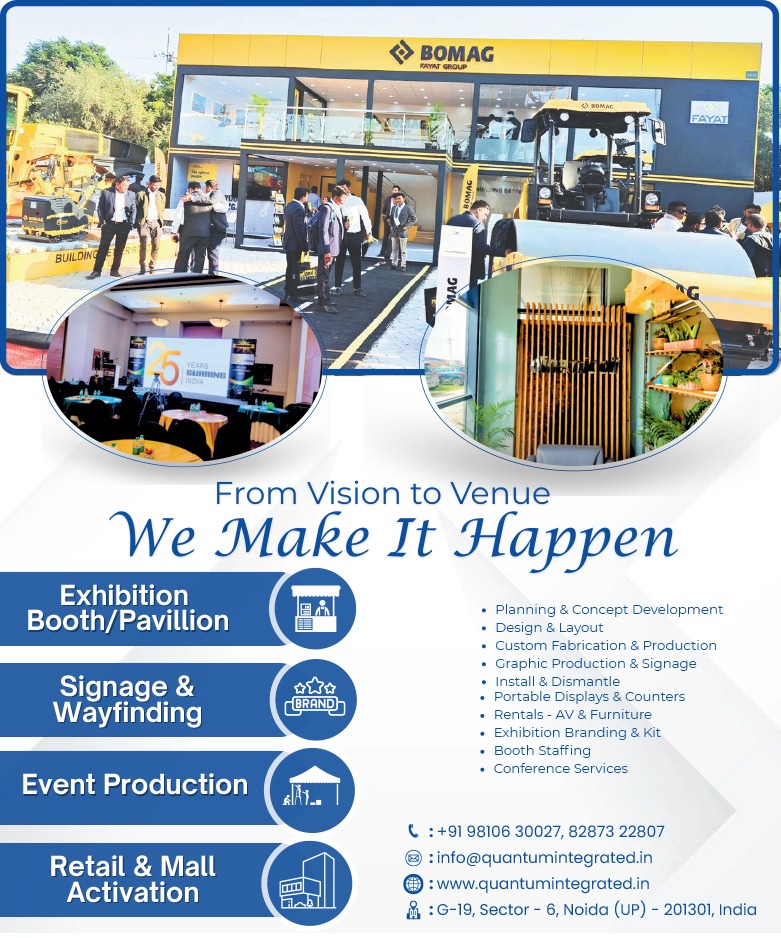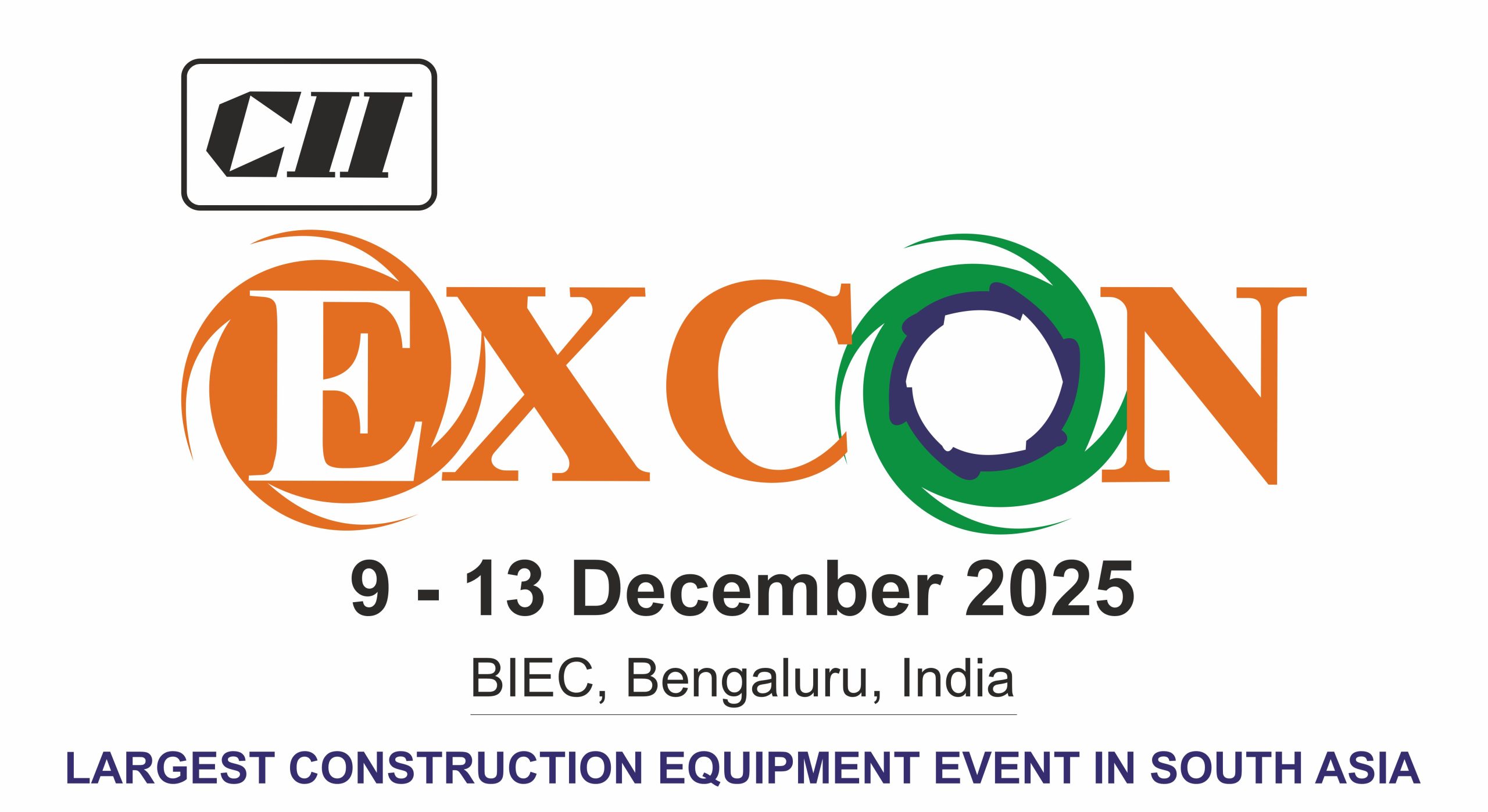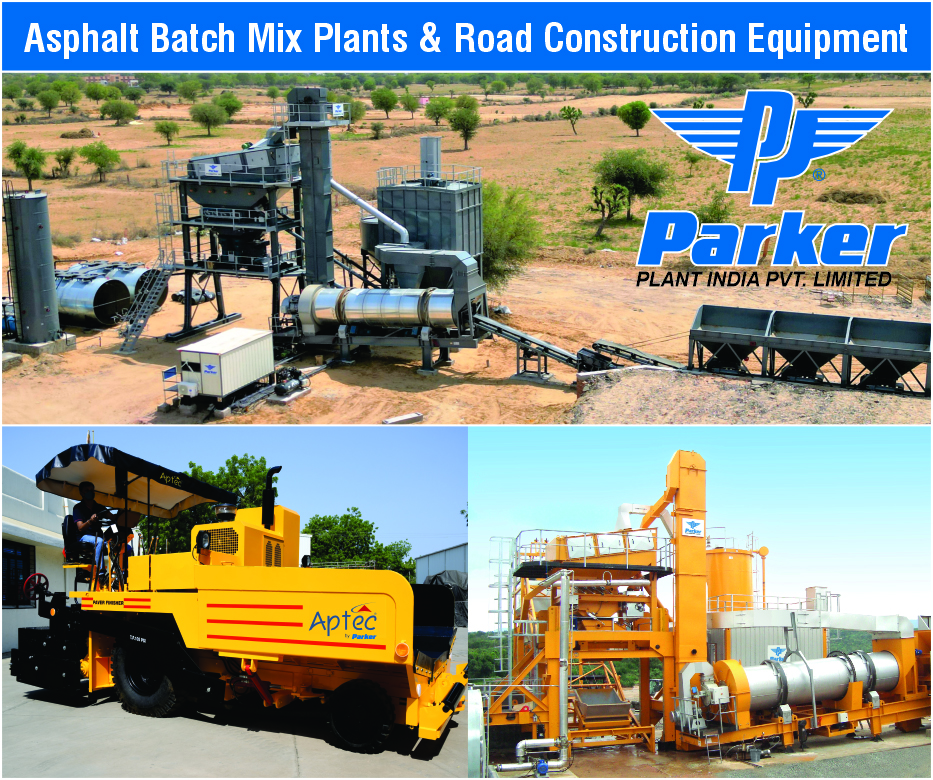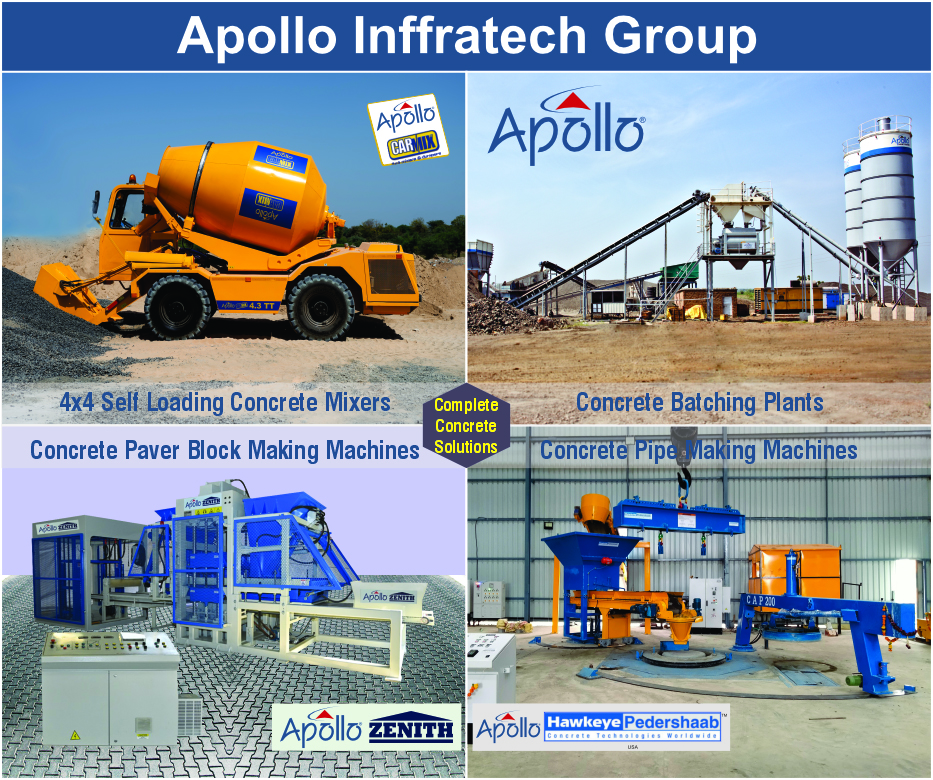India’s infrastructure drive in 2025 is charging ahead with ambition and precision. From expressways to metros, the focus is not just on connectivity but on reshaping the economic and social fabric of the nation.
The fully operational Mumbai–Nagpur Expressway (Samruddhi Mahamarg), developed by the Maharashtra State Road Development Corporation, has slashed travel time from 16 to 7 hours. More than a feat of engineering, it’s a lifeline boosting trade, tourism and growth across the state, with EV support and wildlife overpasses.
The Mumbai–Pune Expressway “Missing Link” and Pune Ring Road (East) are being executed by a major Indian infrastructure firm to decongest the ghat section and ensure faster, safer transit between key regions.
In urban transit, the Gurugram Metro Phase-1 Project, approved in July 2025, will span 28.5 km with 27 stations, connecting Cyber City to key residential and commercial sectors. It will be fully integrated with the Delhi Metro (Yellow Line) and Rapid Metro systems, aiming to ease NCR traffic and support Gurugram’s growing urban footprint.
Lastly, the Delhi–Dehradun Expressway (National Expressway 16), being developed under the Bharatmala Pariyojana by the National Highways Authority of India (NHAI), is set to cut travel time from 6.5 hours to just 2.5 hours. It also features Asia’s longest elevated wildlife corridor, balancing speed with sustainability.
Together, these projects are laying the foundation for a faster, smarter and greener India.







